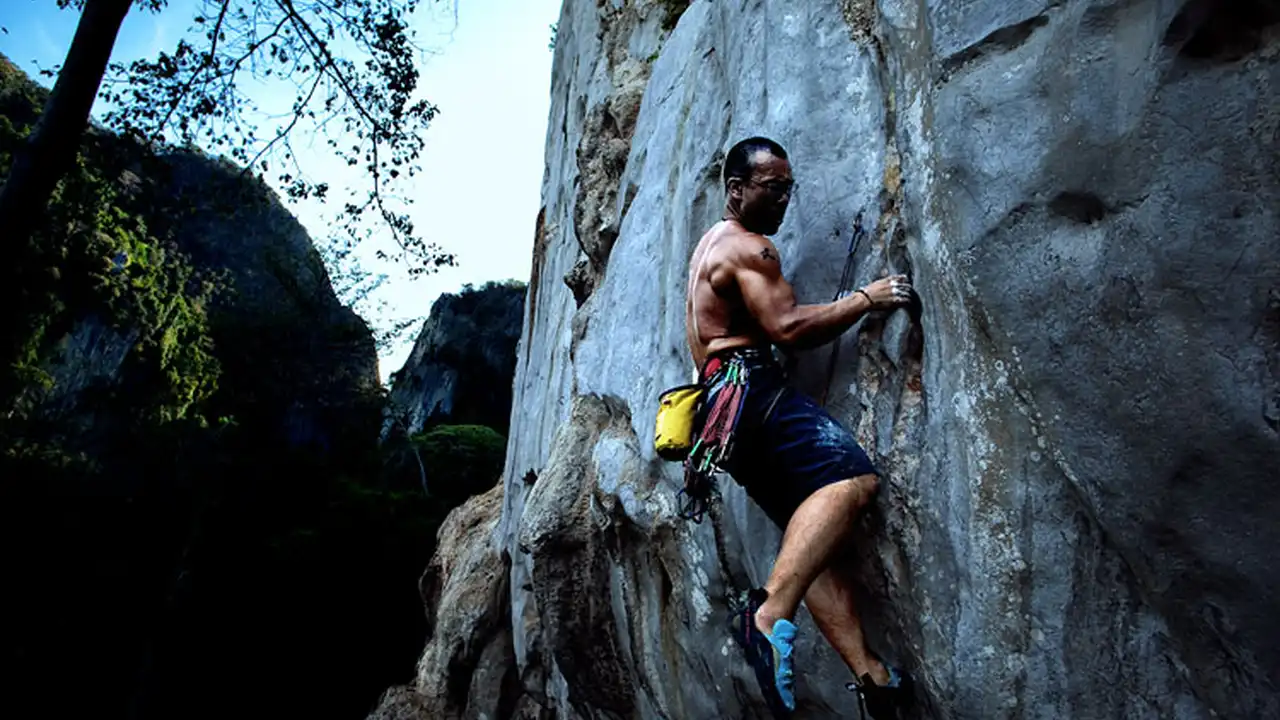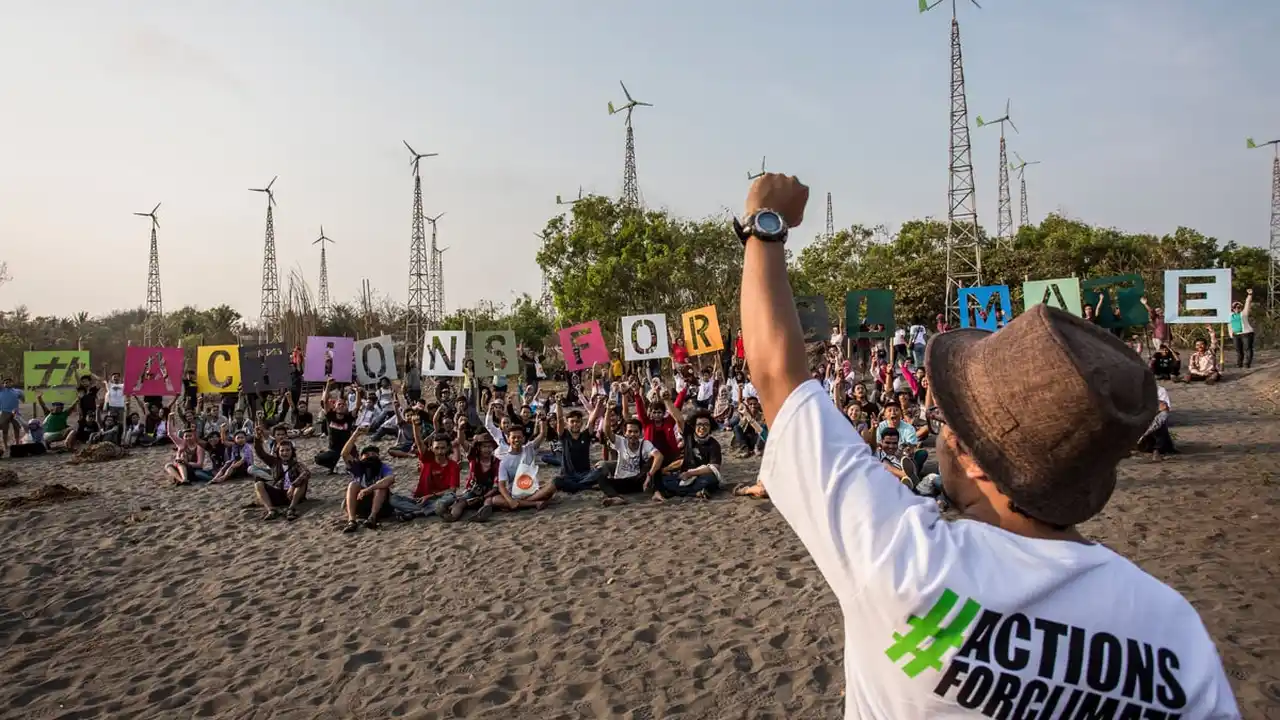Thailand Rock Climbing Spots Review
Embark on a motorbike tour adventure through Vietnam and explore its stunning landscapes. This guide provides tips on route planning, safety, and cultural immersion. Experience the freedom of the open road in Vietnam.

Planning Your Vietnam Motorbike Adventure Route
So, you're thinking about motorbiking through Vietnam? Awesome choice! It's seriously one of the best ways to see this incredible country. But before you jump on a bike and hit the road, a little planning goes a long way. Think about what you want to see and how much time you have. Vietnam is long and skinny, so you'll likely want to focus on either the North, the South, or a central route.
North Vietnam: If you're into mountains, rice terraces, and vibrant ethnic minority cultures, the North is your jam. The Ha Giang Loop is legendary, but it's not for the faint of heart! Expect challenging roads, but the views are totally worth it. Sapa is another popular spot, but can be touristy. Consider exploring less-traveled areas like Ba Be National Park.
Central Vietnam: This region offers a mix of history, beaches, and delicious food. Hoi An is a must-see, with its tailor shops, ancient architecture, and lantern-lit streets. Da Nang is a modern city with great beaches and the iconic Dragon Bridge. Hue, the former imperial capital, is steeped in history and culture.
South Vietnam: If you're looking for bustling cities, the Mekong Delta, and tropical beaches, head south. Ho Chi Minh City (Saigon) is a crazy, energetic metropolis. The Mekong Delta is a maze of rivers, canals, and floating markets. Phu Quoc Island is a great place to relax on the beach and enjoy fresh seafood.
Route Length: Decide how long you want your trip to be. A week is enough to explore a small region, but two or three weeks will allow you to cover more ground. Remember to factor in travel time between destinations.
Time of Year: Vietnam has a diverse climate, so consider the time of year. The North can get cold and foggy in the winter (December-February). The central region is prone to typhoons during the rainy season (September-November). The South is hot and humid year-round, but the dry season (December-April) is generally the best time to visit.
Choosing the Right Motorbike for Your Vietnam Trip
Alright, let's talk bikes! This is a crucial decision that can make or break your trip. You've got a few options:
Semi-Automatic (Honda Wave/Future): These are the most common bikes you'll see on the road in Vietnam. They're reliable, fuel-efficient, and relatively easy to handle. Perfect for beginners or those who want a comfortable ride. Expect to pay around $5-10 per day for rental or $300-500 to buy a used one.
Manual (Honda Win/ Minsk): These bikes are more powerful and better suited for challenging terrain, like the Ha Giang Loop. However, they require more experience to ride. The Honda Win is notorious for being unreliable, so make sure it's well-maintained. Expect to pay around $8-15 per day for rental or $400-700 to buy a used one.
Automatic Scooters (Honda Airblade/Yamaha Nouvo): These are great for city riding and short trips, but not ideal for long distances or rough roads. They're easy to operate, but lack the power and durability of semi-automatic or manual bikes. Expect to pay around $10-20 per day for rental.
Things to Consider:
- Your Experience: Be honest about your riding skills. If you're a beginner, stick to a semi-automatic.
- Road Conditions: If you're planning on riding on rough roads, a manual bike is a better choice.
- Budget: Rental prices vary depending on the type of bike and the rental company.
- Reliability: Do your research and choose a reputable rental company.
Essential Safety Tips for Motorbiking in Vietnam
Okay, safety first! Motorbiking in Vietnam can be amazing, but it's also important to be aware of the risks. The traffic can be chaotic, and road conditions can be unpredictable. Here are some essential safety tips:
Wear a Helmet: This is non-negotiable! Always wear a good quality helmet that fits properly. It could save your life.
Get Travel Insurance: Make sure your travel insurance covers motorbike accidents. Read the fine print carefully.
Check Your Bike: Before you set off, check the brakes, tires, lights, and oil. If anything seems off, get it fixed before you leave.
Drive Defensively: Be aware of your surroundings and anticipate the actions of other drivers. Assume that everyone is going to do the unexpected.
Avoid Night Riding: Roads are poorly lit and driving conditions are more dangerous at night.
Take Breaks: Don't try to ride too far in one day. Take frequent breaks to rest and rehydrate.
Learn Some Basic Vietnamese: Knowing a few basic phrases can be helpful in case of an emergency.
Respect Local Customs: Be respectful of local customs and traditions. Dress modestly when visiting temples or pagodas.
Stay Sober: Never drink and drive. It's illegal and extremely dangerous.
Product Recommendation 1: Full-Face Motorcycle Helmet (LS2 FF353 Rapid): For maximum protection, a full-face helmet is the way to go. The LS2 FF353 Rapid offers excellent impact protection, ventilation, and a comfortable fit. It's DOT approved and reasonably priced at around $80-$100. Usage Scenario: Ideal for long-distance riding, especially on highways or challenging roads. Comparison: Compared to open-face helmets, it offers superior protection to the face and chin. Compared to more expensive helmets, it provides a good balance of safety and affordability.
Product Recommendation 2: Motorcycle Riding Gloves (Alpinestars SMX-1 Air V2): Protect your hands from abrasions and impacts with a pair of motorcycle riding gloves. The Alpinestars SMX-1 Air V2 gloves are lightweight, breathable, and offer excellent grip and protection. They cost around $60-$80. Usage Scenario: Suitable for all types of riding, especially in warmer climates. Comparison: Compared to regular gloves, they offer better protection and grip. Compared to heavier gloves, they are more comfortable in hot weather.
Product Recommendation 3: Motorcycle Jacket (Tourmaster Transition Series 5): A motorcycle jacket will protect you from the elements and provide abrasion resistance in case of a fall. The Tourmaster Transition Series 5 jacket is a versatile option with removable liners for different weather conditions. It costs around $200-$250. Usage Scenario: Suitable for all types of weather conditions, thanks to its removable liners. Comparison: Compared to wearing regular clothes, it offers significantly better protection. Compared to leather jackets, it's more versatile and comfortable in warm weather.
Cultural Immersion on Your Vietnam Motorbike Tour
Motorbiking through Vietnam isn't just about seeing the sights; it's about experiencing the culture. Here are some tips for immersing yourself in Vietnamese culture:
Learn Some Vietnamese: Even a few basic phrases will go a long way. Learn how to say hello (xin chào), thank you (cảm ơn), and excuse me (xin lỗi).
Eat Local Food: Don't be afraid to try new things! Vietnamese cuisine is delicious and diverse. Be adventurous and sample local specialties.
Stay in Homestays: Homestays are a great way to experience local life and connect with Vietnamese families. You'll get a glimpse into their daily routines and learn about their traditions.
Visit Local Markets: Markets are a vibrant hub of activity and a great place to observe local life. You'll find everything from fresh produce to handicrafts.
Attend Local Festivals: If you're lucky enough to be in Vietnam during a festival, be sure to attend. You'll experience traditional music, dance, and costumes.
Be Respectful: Always be respectful of local customs and traditions. Dress modestly when visiting temples or pagodas. Ask for permission before taking photos of people.
Engage with Locals: Don't be afraid to strike up conversations with locals. Most Vietnamese people are friendly and welcoming.
Troubleshooting Common Motorbike Problems in Vietnam
Even with a well-maintained bike, you might encounter some problems on the road. Here are some common issues and how to deal with them:
Flat Tire: Flat tires are common in Vietnam due to poor road conditions. Learn how to change a tire or find a local mechanic who can help you.
Broken Chain: A broken chain can be a major inconvenience. Carry a spare chain and learn how to replace it.
Engine Problems: If your engine starts making strange noises or losing power, find a mechanic as soon as possible.
Electrical Problems: Electrical problems can be tricky to diagnose. Check the battery, fuses, and wiring.
Fuel Issues: Running out of gas is easily avoidable. Keep an eye on your fuel gauge and fill up regularly.
What to Do:
- Carry a Basic Toolkit: Include essential tools like wrenches, screwdrivers, and pliers.
- Know Basic Mechanics: Learn how to perform basic repairs, such as changing a tire or replacing a chain.
- Ask for Help: Don't be afraid to ask for help from locals. Vietnamese people are generally very helpful.
:max_bytes(150000):strip_icc()/277019-baked-pork-chops-with-cream-of-mushroom-soup-DDMFS-beauty-4x3-BG-7505-5762b731cf30447d9cbbbbbf387beafa.jpg)






